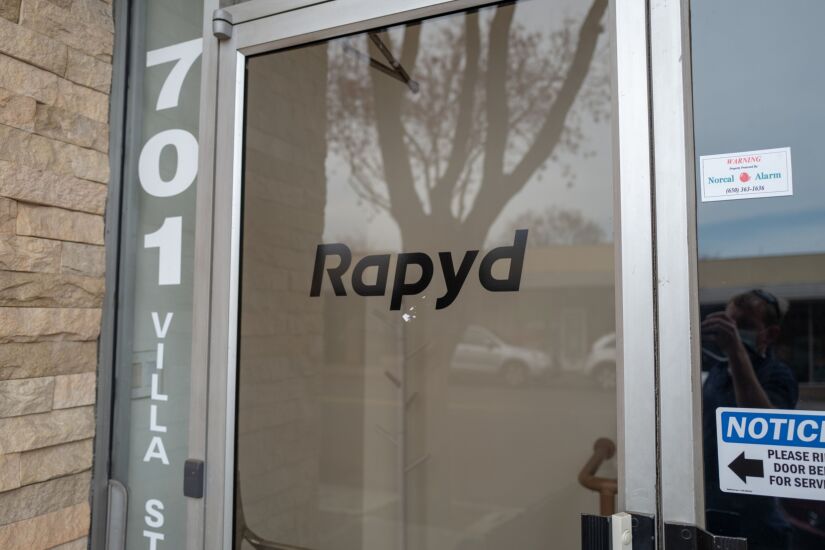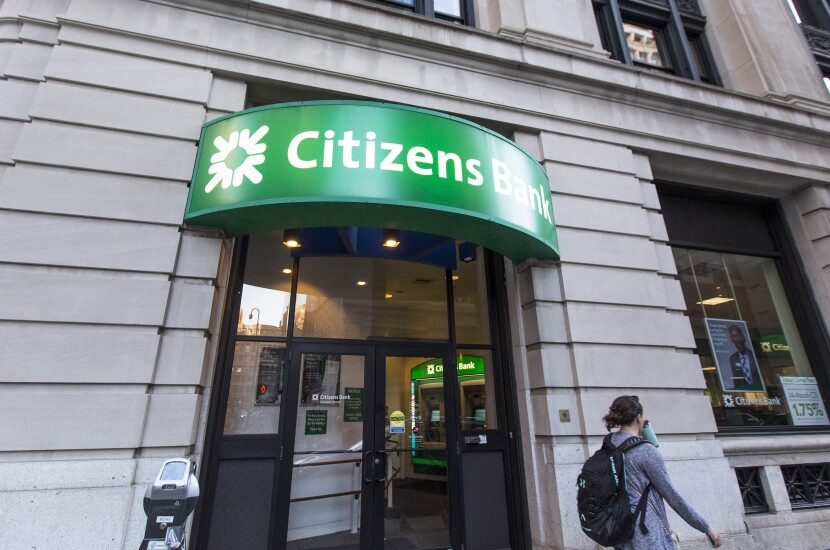Business payments have been the caboose on the innovation train, with many companies sticking to paper modes such as checks, partly out of inertia and partly to stretch payment times out as much as possible.
But the digital wave of the past two years is boosting demand for consumer-style digitization in business payments, as is economic pressure to use digital processing as means to more closely manage cash positions.
The tech trend and the sheer size of the business payments market are providing opportunities that are too good for payment companies to pass up.
"The B2B space is a massive market," said Cameron Bready, president and chief operating officer of Global Payments, noting the value of global B2B payments.
"When you're in the business of payments and are trying to find a large addressable market, B2B is an obvious place to be paying attention," Bready said.
Here are some examples of payment companies that have made moves to gain a share of the business payments market during 2022.
















